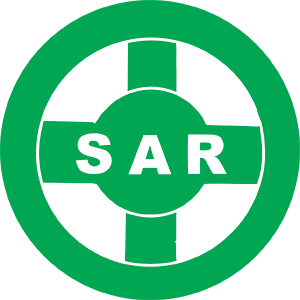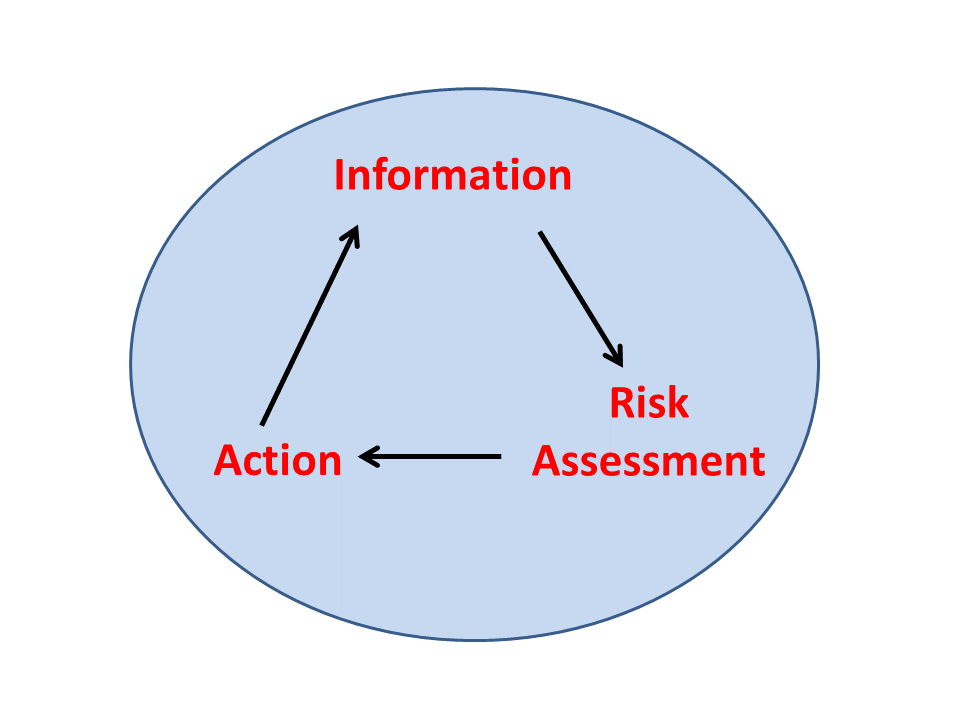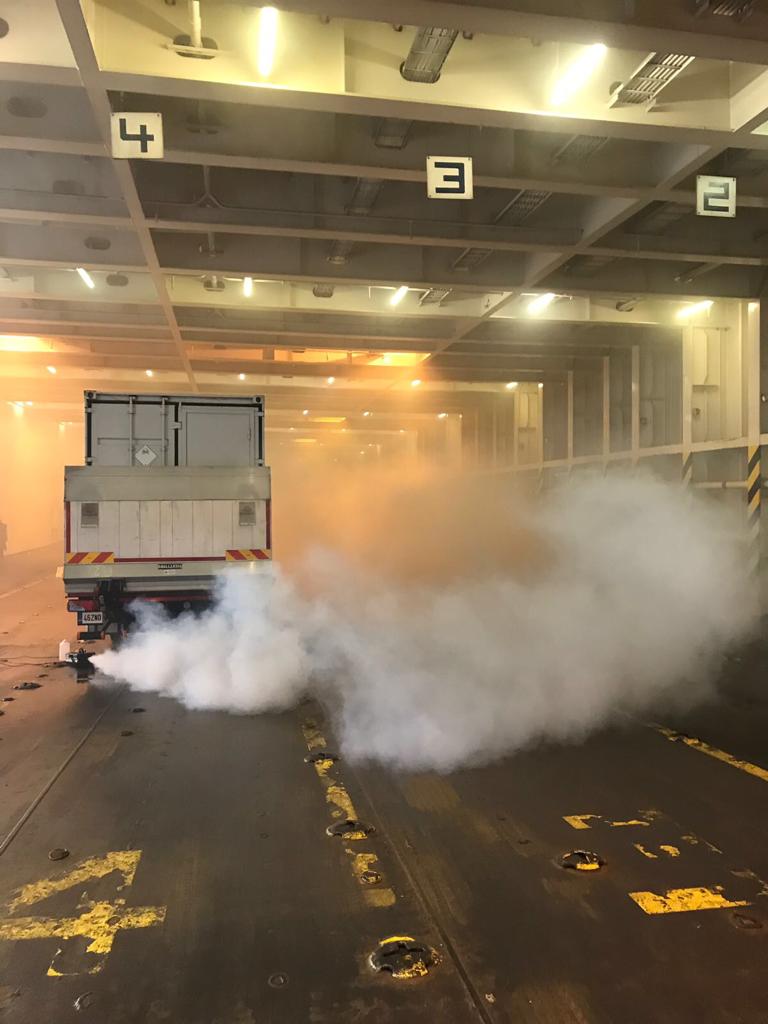Decisions & Information


Think about a situation when you have already made an assessment of the incident but there are multiple vessels moving nearby the distress area, and the weather is changing rapidly. In this situation you need to make decisions that help to make the area safer for the rescue personnel to work in, and not to cause more danger to other vessels nearby.
Decision making
You have already seen this decision making cycle in the Assessment of the incident section. It is very important to keep it in mind during the whole operation:

Keep collecting information of the situation continuously, assess the risk based of the information received, and decide the way of action based on the before-mentioned.
First, you have to know which HNS is in question. Information on the HNS can be collected by using chemical databanks, which help you to find good sources, tools and contact information to get in touch with chemical experts. You don’t have to know everything by heart, you just have to know what the procedure is and whom to consult.
Other crucial element is the weather condition. High waves make boarding more difficult, pouring rain may cause a dangerous reaction with the HNS, substance can react in different ways in different temperatures, or the direction of the wind may affect the restriction zones. These have to be taken into account when making decisions.
If there is not enough information in use, a restriction area has to be formed, and it should be 2 NM radius of the distress vessel. A restriction area means an area where other maritime or air traffic than vessels participating in the rescue operation are not allowed to enter. A restriction should be determined by the SMC.
Consult experts or use dispersion tools (for example, ALOHA or ESCAPE) to find out how the weather affects the dispersion of the chemicals.
The sources of information are numerous. The situation reports (SITREP) give you information of the situation at the distress vessel, other vessels nearby, or the possible rescue units that are already at the scene. Decision making should be based on the support of the experts, predictive tools, databases and use of cargo plan etc. and additional information from DV, rescue units on-scene and other maritime and air traffic.
What if you don’t know, yet, which HNS is involved, but instant reaction needs to take place?

– Yes, then you prepare as if it was an operation of the highest risk level.
How to inform other actors of the situation?
Remember also, that RCC is in charge of informing of the situation. This means:
- sending PAN-PAN or MAYDAY RELAY messages for maritime traffic
- Informing other relevant authorities such as Vessel Traffic Service and Air Traffic Service, rescue personnel, air traffic, police, chemical experts, hospital personnel
- Even media, if the situation requires, due to the large scale of the incident.
